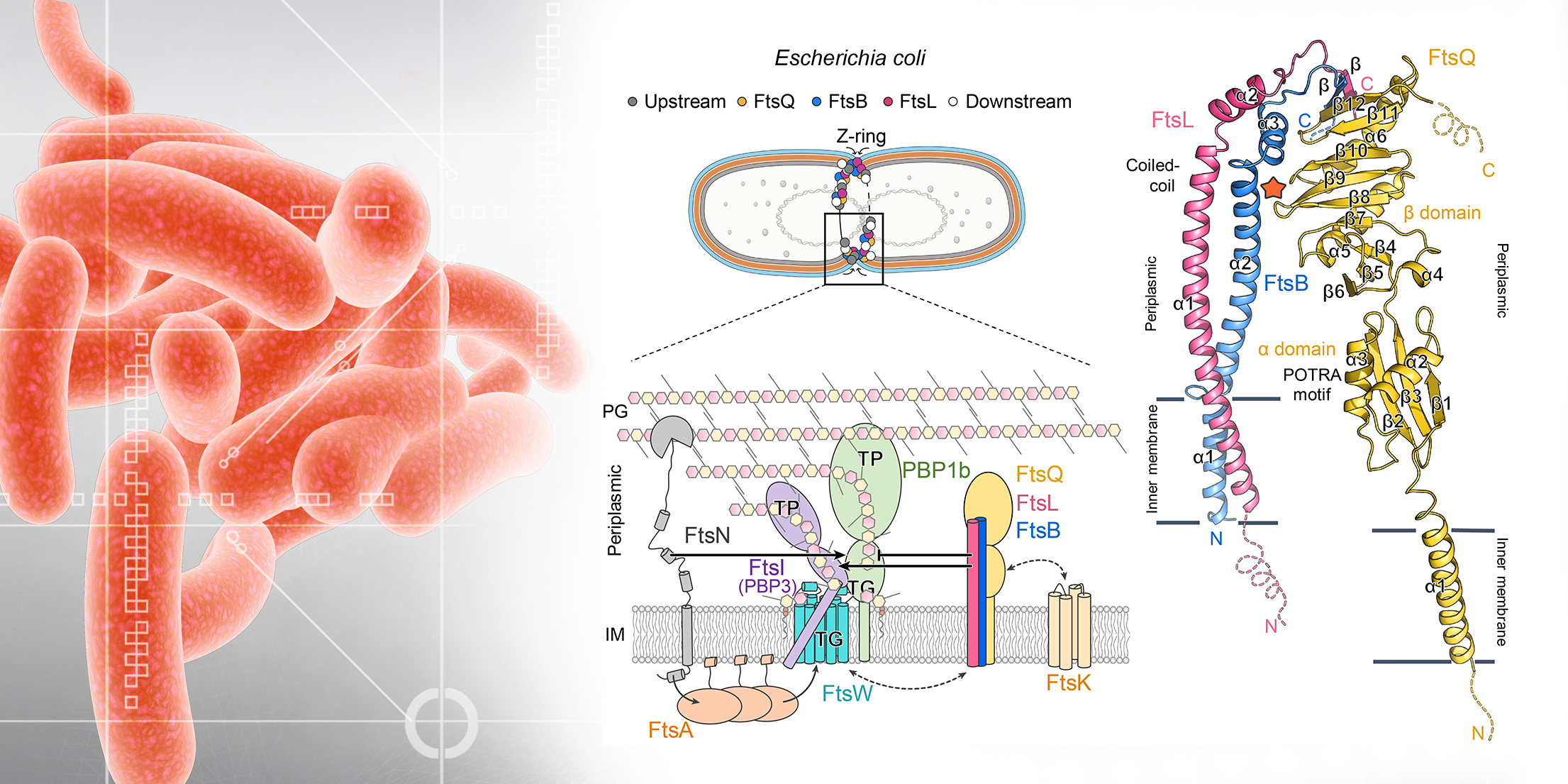A group of researchers led by Dr. Trees-Juen Chuang from Genomics Research Center of Academia Sinica have developed a new algorithm, PSEP (Progressive Signal Extracting and Patching), which utilizes cross-species approach to identify gene structures and alternatively spliced (AS) variants. It proves to have much higher accuracy in genome annotation than most other known methods and is published by the Bioinformatics journal recently. (Chuang, T.-J.*, Chen, F.-C., and Chou, M.-Y. (2004) “A comparative method for identification of gene structures and alternatively spliced variants”, Bioinformatics 20: 3064-3079.)
The team has shown that the overall accuracy of PSEP is better or comparable to that of other well-known cross-species gene prediction programs, including the ROSETTA program, TWINSCAN, SGP-1/-2, and SLAM. In addition, with PSEP’s dual functions in cross-species conserved sequence analysis and AS analysis, PSEP is highly suitable for studying the evolution of AS patterns and for finding unidentified gene expression features.
A Web interface, ESTviewer (http://www.sinica.edu.tw/~trees/ESTviewer/ESTviewer.htm), for visualizing mouse, rat, cattle, pig, and chicken conserved ESTs in human genes and human alternatively spliced variants has also established. It is believed that the cross-species EST conservation data are very useful for the studies of gene function and AS evolution.




